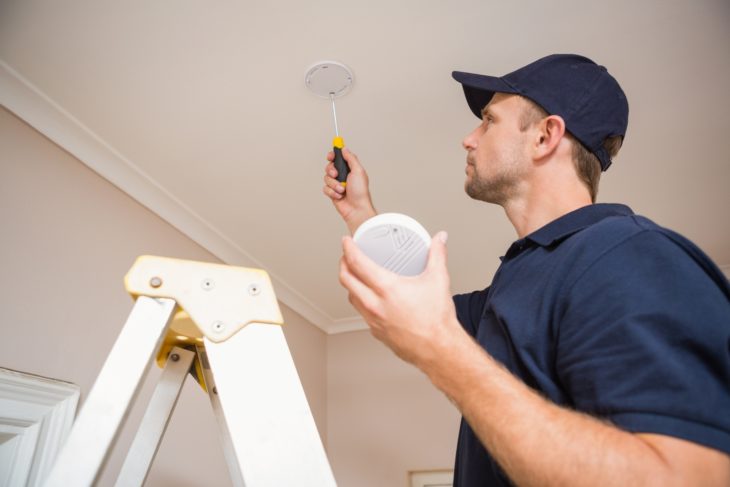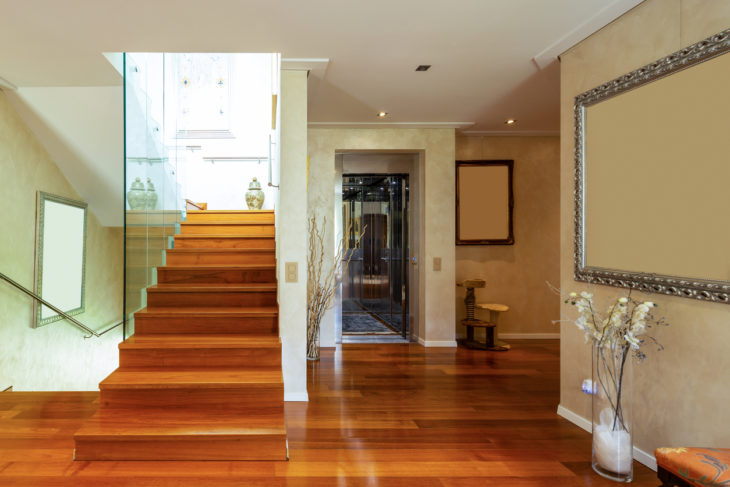Is your home as safe as it should be? Do you ever worry that you or your loved ones are getting sick from excess radon or carbon monoxide? How likely is it that you’ll suffer a severe injury from a slip or fall? These questions and others are on the minds of conscientious homeowners. Recently, a top real estate website looked at several actions that people can take to make their dwelling places healthier and safer for all residents, from tiny tots to elderly grandparents.
Here are what experts say we can do to prevent injury and illness in our homes.
Contents
Install Smoke, Radon, and Carbon Monoxide Detectors
Putting several emission detectors in your home can ramp up the safety factor for a very low cost. An average size residence should have, according to experts, at least six smoke detectors, three carbon monoxide detectors and three for radon. Evenly space them throughout the interior rooms and set a day, once each month, to check batteries in all units. There’s really no better, less costly way to improve the health factor of the place you live. It’s estimated that smoke detectors save around 5,000 lives per year by offering an early warning in deadly situations.
Radon detection is a bit of a different situation. Radon is a gas that lies deep underground and is common to certain geological areas. This is an odorless gas that goes undetected unless purposely tested. This is the reason that radon is attributed to the second leading cause of cancer in America. Once you test positive, it’s important that you take the necessary steps to mitigate the impact. A common solution is to have a radon mitigation system installed in the basement or crawlspace of your home. The contractors will cover the floor in a thick plastic sheet, and then funnel a pipe into the ground that will extract the gas. The pipe is led up the side of your house, and to the roof, thus releasing the gas safely out of harm’s way.

Source: Bezpečnostní agentura
Put Non-Skid Matting Near All Water Sources
Most homeowners already have no-slip mats and floor coverings in bathtubs and showers, but they should be near all water sources, safety experts say. The easiest way to achieve this goal is to purchase a roll of non-slip matting from a hardware store and place squares on floors wherever there is a sink or water outlet. That means in kitchens, near bathroom sinks and toilets, and even on patios if you have a hot tub. There are other options like epoxy flooring in basements and garages. A garage is commonplace with hazardous and slippery floors. Think about it, you track in rain and snow from the driveway and through the garage, which makes it ripe for slip-and-fall accidents. Epoxy floors are a long-lasting option that stands up against the wear and tear of the winter months.
Install a Home Elevator
More than three million people incur severe injuries falling down steps every year. The huge majority of them are elderly folks who tumble headlong down stairways. Installing a home elevator is an ideal way to give older loved ones an alternative method for getting from floor to floor. Stiltz residential elevators, for example, are becoming more popular additions to homes where older adults live with their young families. There’s an added incentive for homeowners who are thinking about putting an elevator in their abode: research has shown that the resale value of properties with home elevators are much higher than those without. It certainly doesn’t hurt the resale value if your home appeals to a wider audience of potential buyers. This could include disabled individuals who might appreciate the added ease of mobility options within a new home.

Source: Ascensores Domingo
Put Lights Near All Staircases
It seems almost too obvious, but real estate professionals say that far too many old and new houses lack adequate lighting near staircases. Safety experts say there should be lights at the top and bottom of every stairwell, at a minimum. It also makes sense to make sure there is enough lighting along the stairs themselves so people can see where they’re going. There are plenty of lighting options available to you. Some higher-end homes may have lighting built into the steps themselves, which is oftentimes the case on outdoor patios. Or perhaps you have electrical outlets that run along with the steps, in which case you have plenty of plugin options available to you. Lastly, there are several other adhesives or magnetic options that come in various colors.
Clean Air Ducts Once Per Year
Dozens of viruses and other illness-inducing substances can build up in air vents in even the cleanest of homes. HVAC specialists say we need to clean out the entire venting system in our houses at least once per year, or more often if you use the A/C and heater more than the typical household. Additionally, you should consider a quarterly cleaning if you have pets that shed.
